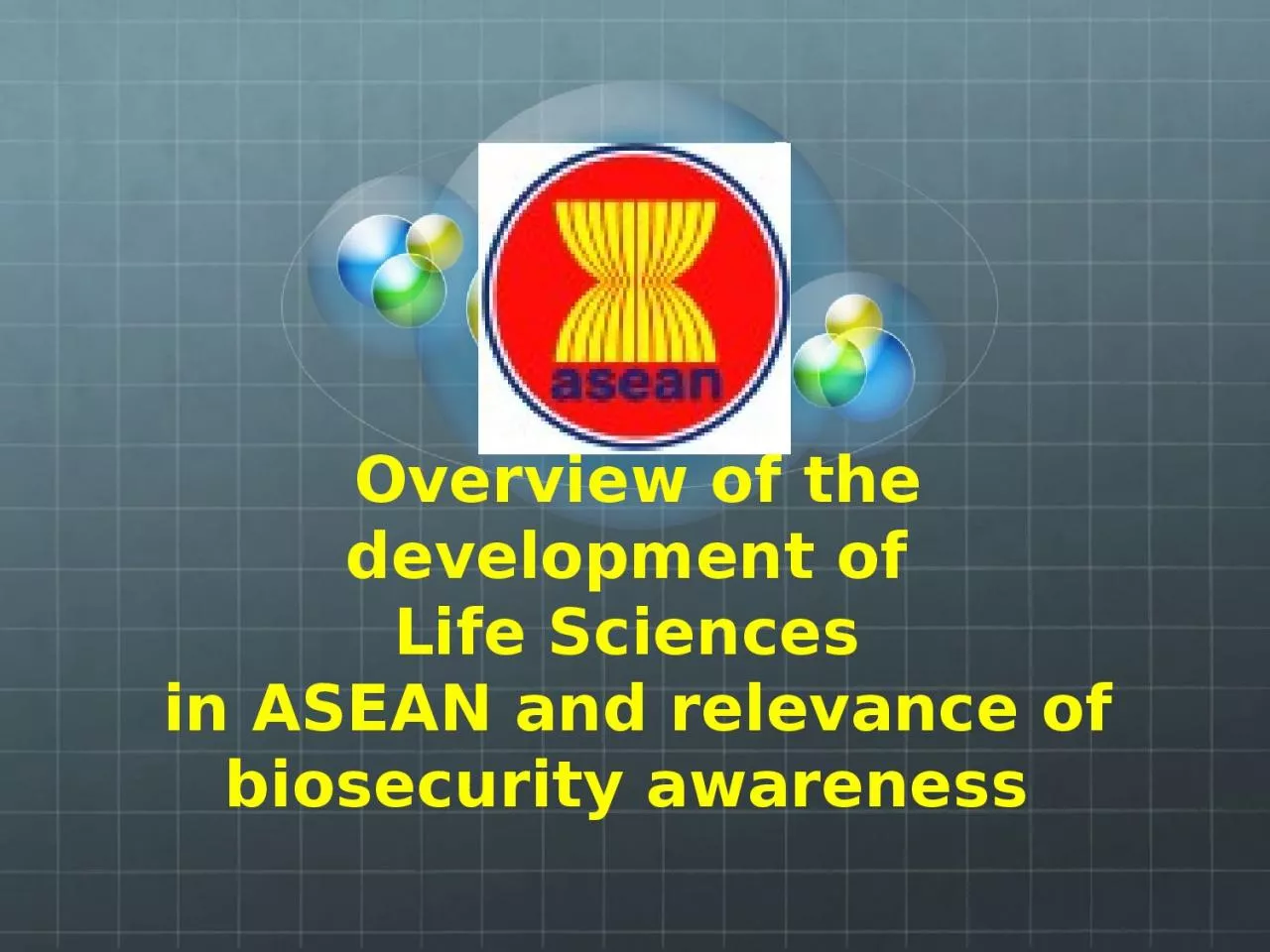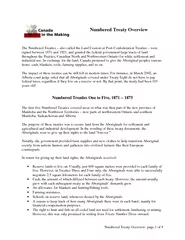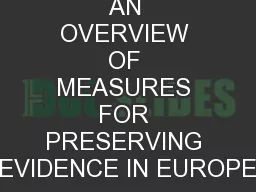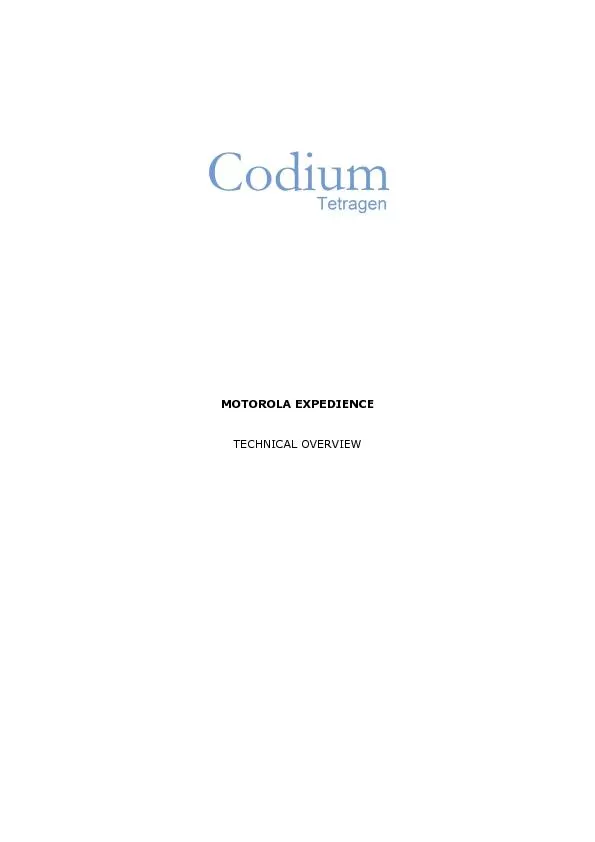PPT-Overview of the development of
Author : rosemary | Published Date : 2023-11-04
Life S ciences in ASEAN and relevance of biosecurity awareness ASEAN MEMBERS Brunei 043M Combodia 1568M Indonesia 25571M Lao PDR 710M Malaysia 3065M Myanmar
Presentation Embed Code
Download Presentation
Download Presentation The PPT/PDF document "Overview of the development of" is the property of its rightful owner. Permission is granted to download and print the materials on this website for personal, non-commercial use only, and to display it on your personal computer provided you do not modify the materials and that you retain all copyright notices contained in the materials. By downloading content from our website, you accept the terms of this agreement.
Overview of the development of: Transcript
Download Rules Of Document
"Overview of the development of"The content belongs to its owner. You may download and print it for personal use, without modification, and keep all copyright notices. By downloading, you agree to these terms.
Related Documents














